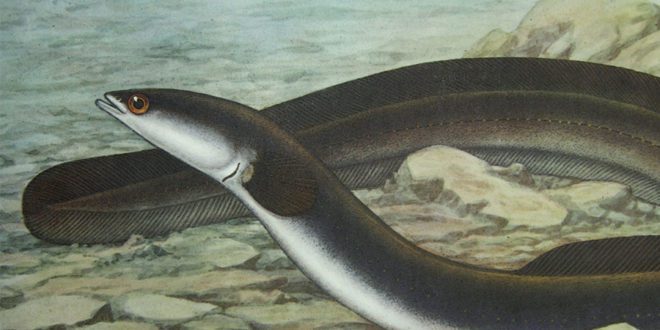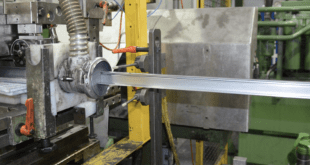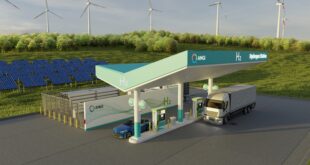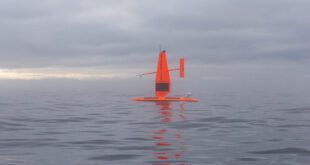RAPID CITY, SD (Sept. 10, 2018) – Researchers at the South Dakota School of Mines & Technology are studying ways to harness electricity generated by a unique set of microbes.
“We’re studying the electric eels of the microbial world,” says Navanietha Krishnaraj, Ph.D., a research scientist in the Chemical and Biological Engineering Department at SD Mines.
Researchers, such as Venkata Gadhamshetty, Ph.D., an associate professor in the Civil and Environmental Engineering Department at SD Mines, and his team including Namita Shrestha, Ph.D., are working on maximizing the efficiency of what’s known as bioelectrochemical systems. By understanding the right combination of microbes and materials it’s possible to harness clean energy for widespread use in various applications.
Possible outcomes of this research include new ways to generate electricity and treat solid waste during NASA space missions, the ability for a wastewater treatment plants to help generate electricity while turning effluent into clean water, a new way to clean saline wastewater generated in oil drilling operations, and better ways to turn food waste, like tomatoes and corn stover into electricity.
Tapping the Source with Graphene Armor
Researchers face a challenge in building a system that efficiently harnesses electricity from that bacteria. Currently a limited amount of electricity can be drawn from bioelectrochemical systems such as microbial fuel cells. The bacteria that generate electricity sometimes have conductive proteins on the surface of their cell walls and sometimes they can produce mediators that help in transferring the electricity they generate. But the microbes don’t react well with the wires, or electrodes, needed to transfer electricity. The electrodes are not efficient at pulling electricity out of the electroactive microorganisms.
But a research team at SD Mines in the Composite and Nanocomposite Advanced Manufacturing – Biomaterials Center (CNAM-Bio) has found a novel solution. They wrapped the microorganisms with graphene sheets. Graphene is an ultra-thin form of graphite (as used, for example, in pencils) with exceptional electronic properties. Researchers found that microbes wrapped with graphene showed an enhanced electron transfer rate for bioelectricity generation. This breakthrough could enable the development of more efficient bioelectrochemical systems.
“The use of wrapping strategy helps to harness the maximum number of electrons from the conductive membrane proteins in the surface of the microbes and transfer them to the electrodes,” says Krishnaraj, an author of this article.
“This strategy will help to increase the electron transfer kinetics leading to improved performance of microbial fuel cells, microbial electrolysis, microbial desalination cells, microbial electrosynthesis, and electromethanogenesis,” adds Rajesh Sani, Ph.D., Associate Professor in the Chemical and Biological Engineering Department.
These findings are described in the article entitled, Rewiring the Microbe-Electrode Interfaces with Biologically Reduced Graphene Oxide for Improved Bioelectrocatalysis, recently published in the journal Bioresource Technology. This work was conducted by Navanietha Krishnaraj Rathinam, Rajesh K. Sani, and David R. Salem from South Dakota School of Mines and Technology, and Sheela Berchmans from the Central Electrochemical Research Institute. The research, presented by Krishnaraj, won first place in the student poster contest at the Western South Dakota Hydrology conference in 2018.
The Potential of Extremophiles
The microbes used in this research were found in the Sanford Underground Research Facility, formerly known as the Homestake Mine. Researchers at SD Mines found these microbes while sampling about 5000 feet below the surface in the former gold mine. Microbes that live in extreme environments deep underground have evolved unique properties that make them suitable for these kinds of applications.
This work is supported by National Science Foundation-Building Genome-to-Phenome Infrastructure for Regulating Methane in Deep and Extreme Environments (BuG ReMeDEE) initiative.
 Alternative Energy HQ solar power for homes, wind energy, and bio fuel issues
Alternative Energy HQ solar power for homes, wind energy, and bio fuel issues








One comment
Pingback: Powerful Bugs: Harnessing the Electric Eels of the Microbial World